Using your shop’s Cost of Doing Business (CODB) as a baseline for labor rates.

Previously, I wrote about Raymond Loewy, an automotive, industrial, and graphic designer who I thought should be better known due to his contributions to the look of early- to mid-20th century America. After we posted that piece, a former colleague of mine, Todd, informed me of another designer with a similar breadth of experience: Brooks Stevens. Curious, I decided to investigate. What I found was that Stevens designed the popular Harley-Davidson Hydra-Glide and Jeep Wagoneer, designed or redesigned numerous vehicles for Studebaker, redesigned the Oscar Meyer Wienermobile and much more.
However, if Stevens is known at all, it’s for popularizing the term “planned obsolescence.” Despite the connotations the phrase has now, Stevens did not mean that companies should produce low quality products that would force the consumer to buy something new. In Stevens’ definition, the phrase was supposed to mean that you lusted for that sexy new car compared to your old one that now just feels dowdy by comparison, and not that your old one would fall apart. Just looking at his career illustrates his definition of the phrase.

Brooks Stevens. Source: Brooks Stevens, Inc.
Clifford Brooks Stevens was born June 7, 1911, in Milwaukee, Wisconsin. At the age of eight, he was stricken with a severe case of polio, and his father encouraged him to practice drawing while he was bedridden. After high school, he enrolled at Cornell University to study architecture, but left the school in 1933 without a degree. Instead, he returned to Milwaukee and founded the industrial, product, and graphic design firm Brooks Stevens Design in 1934, which is still in business today. Once his company was founded, he actively pursued prominent Milwaukee businesses as clients, including Miller Brewing, Allen-Bradley, the Outboard Marine Company, and Harley-Davidson.
As an industrial and graphic designer, Stevens is credited with popularizing the cyan (aka robin’s egg blue or eggshell blue) phase of 1950s kitchen appliances. He also designed the boomerang laminate design popularized by Formica, the Miller Brewing “soft cross” logo, and various packaging for the 3M Company. As his design firm was growing, Stevens also frequently gave speeches on industrial design, arguing that good design would pay for itself and raising the profile of his own company. Along with Raymond Loewy and others, Stevens formed the Industrial Designers Society of America in 1944.
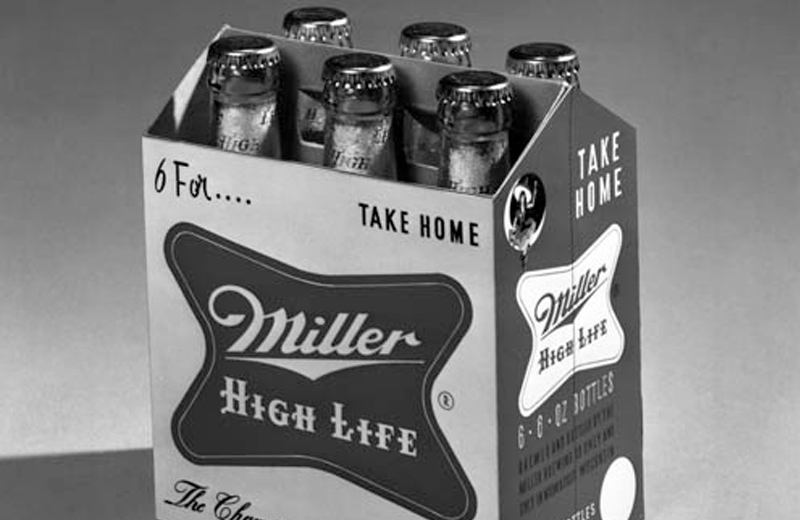
Stevens’ Miller Brewing design.
Source: Brooks Stevens, Inc.
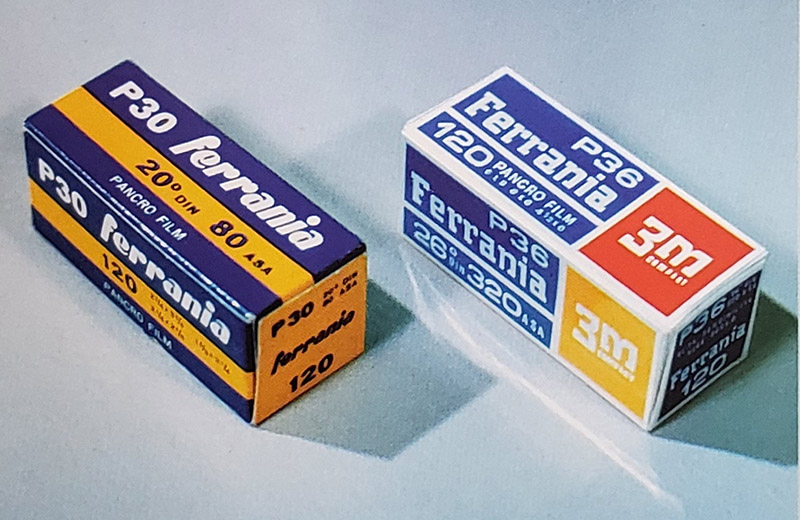
Stevens’ 3M packaging.
Source: Brooks Stevens, Inc.
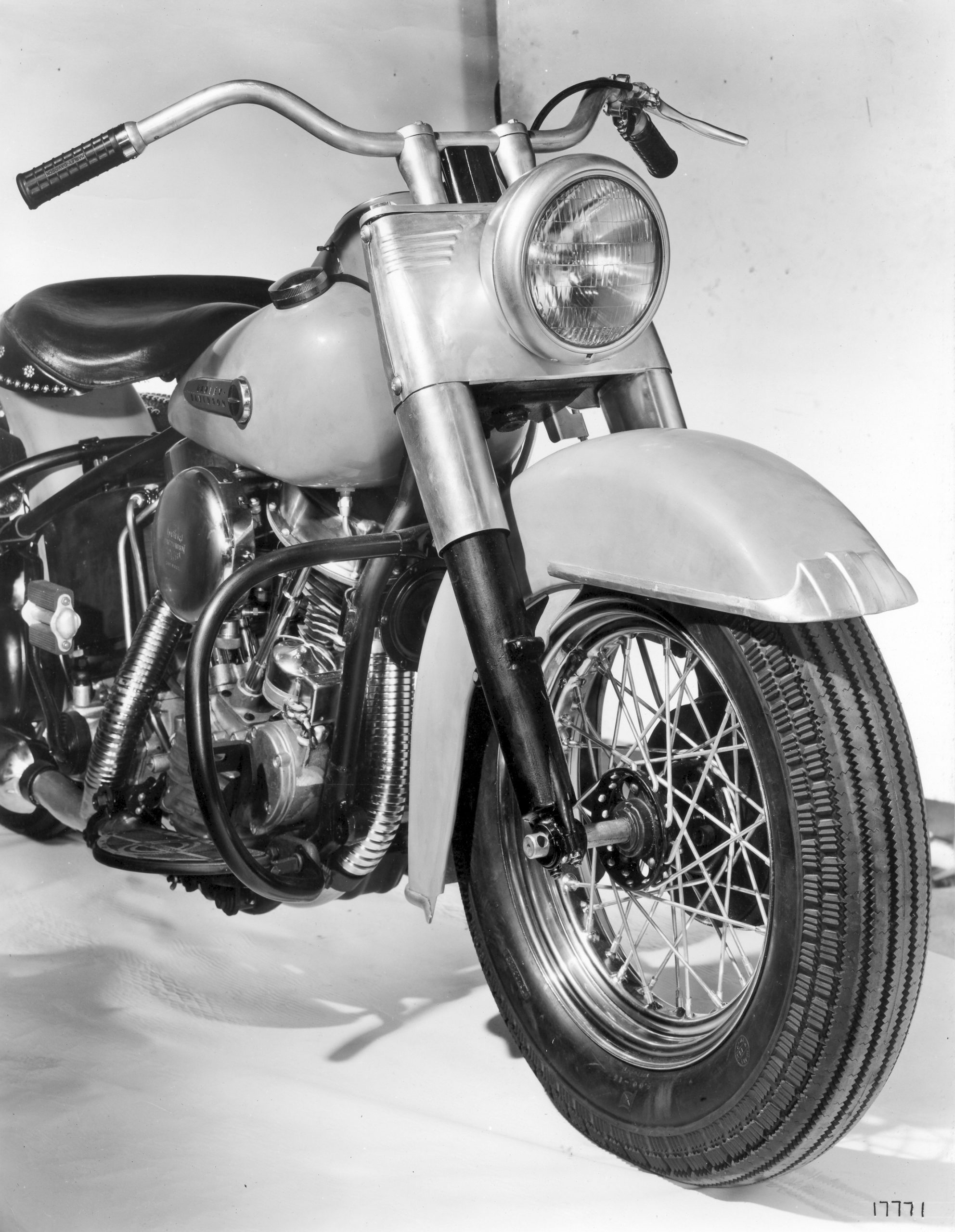
Front end of Harley-Davidson 1949 Hydra-Glide.
Source: Harley-Davidson Motor Company.
As an automobile and transportation designer, Stevens designed Harley-Davidson motorcycles, including the 1949 Hydra-Glide, helping to create the new front suspension featuring hydraulically damped telescopic forks (replacing the leading link spring suspension), bucket headlight, and a streamlined design. The Panhead was incredibly popular with riders and Harley based their bikes on Stevens’ body designs for a long time after 1949. Harley even had a ’49 Hydra-Glide from their museum collection in the design studio for the development of the 2018 Heritage Softail to ensure the proportions and design details were carried through into the new bike. He designed the 1948 to 1950 Willys-Overland Jeepster and the 1963 Willys-Jeep Wagoneer. The Jeep Wagoneer was popular and could be considered the first luxury SUV, with its spacious cargo room and open line of sight around the vehicle. Antique Wagoneers still fetch high prices, and Stevens’ design of the Wagoneer was kept nearly intact all the way up to 1991. Not the kind of production run you’d expect from the designer who popularized planned obsolescence!
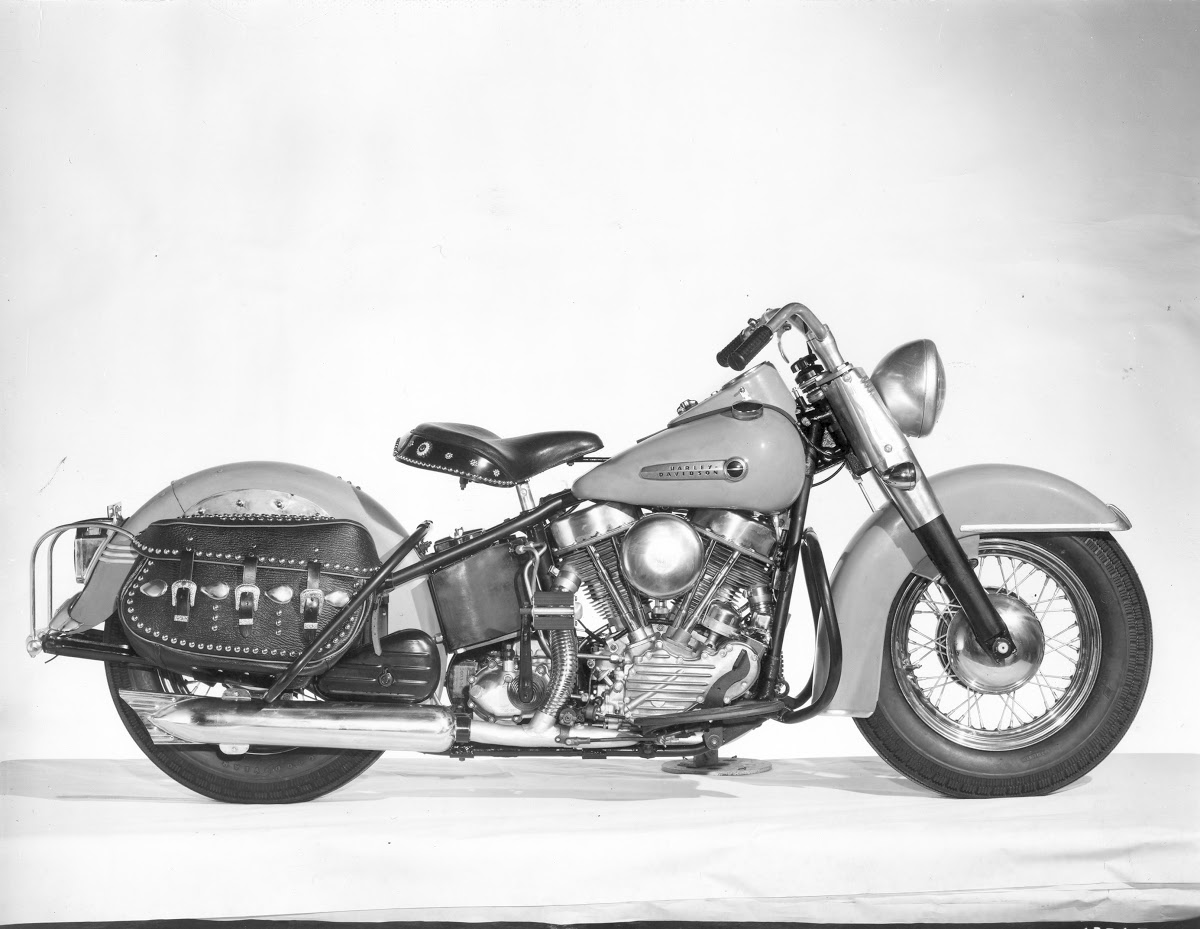
Harley-Davidson 1949 Hydra-Glide. Source: Harley-Davidson Motor Company.
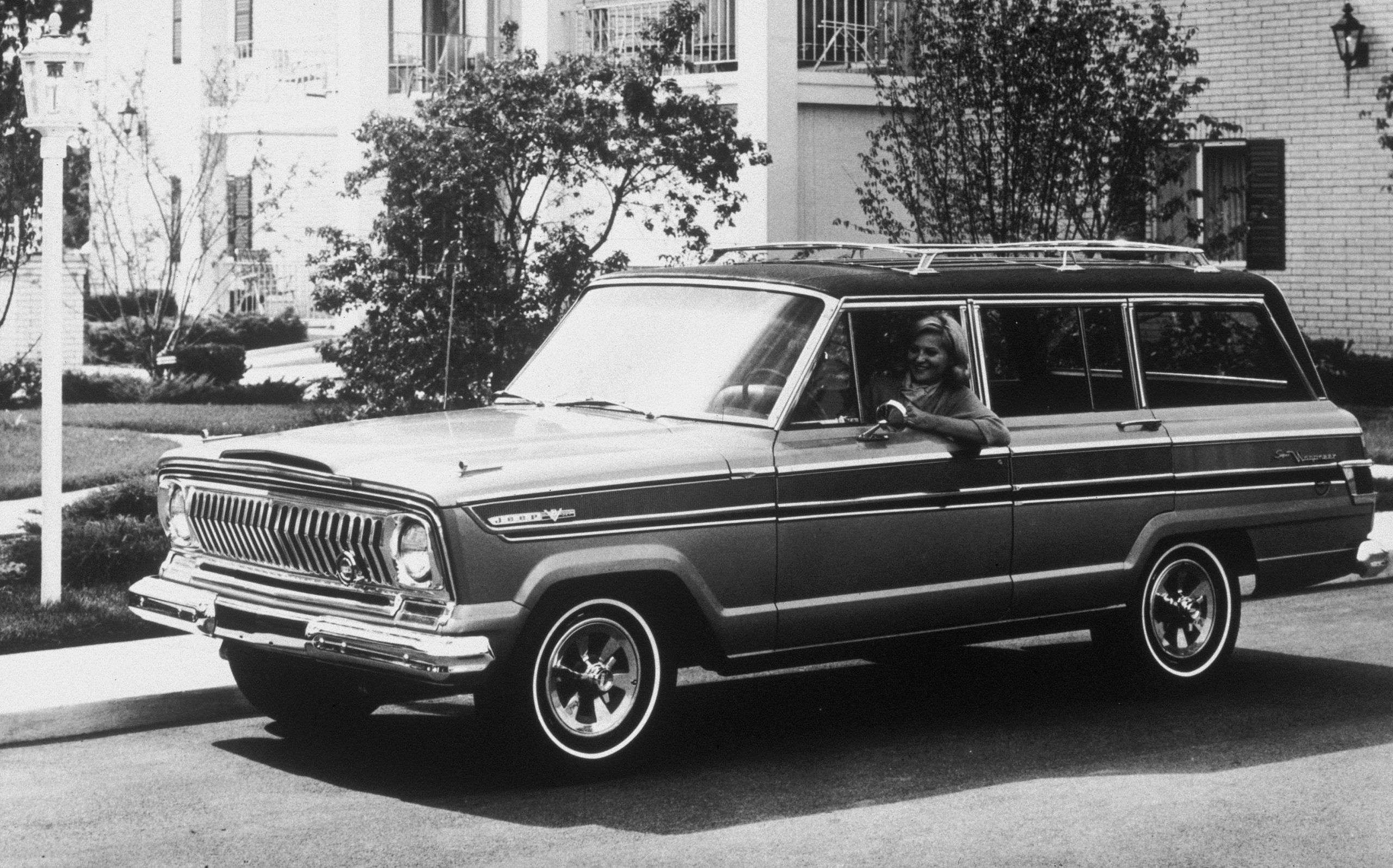
1963 Jeep Wagoneer. Source: Stellantis North America.
Stevens designed or redesigned several vehicles for Studebaker, taking over from Stevens’ rival Raymond Loewy, who was too expensive for the now-failing Studebaker. Stevens redesigned the 1962 Studebaker Gran Turismo Hawk. According to Glenn Adamson’s book, “Industrial Strength Design: How Brooks Stevens Shaped Your World,” Stevens redesigned the Gran Turismo Hawk to be “crisp and understated” and “long, sharp, and finless” with “only a stainless steel base edge that ran continuously from front to rear bumper.” The dashboard “was also wholly transformed through an aircraft cockpit-like treatment. It was composed of three separately angled sections made of walnut, so that each of the instruments faced directly toward the driver,” a feature that would later be copied by Chrysler and General Motors. The redesigned Gran Turismo Hawk was popular with the public and the press, “…with sales three times those of the previous year’s Hawk.” In the 1960s, Stevens designed a line of sports cars for Studebaker, called the Excalibur, inspired by the 1928 Mercedes-Benz SSK. However, Studebaker cancelled the project in 1963 after closing their U.S. production, so Stevens formed his own company to produce and sell the cars. He also designed three innovative vehicles for Studebaker around the mid-1960s in a failed attempt to save Studebaker from bankruptcy, but those never made it to production.
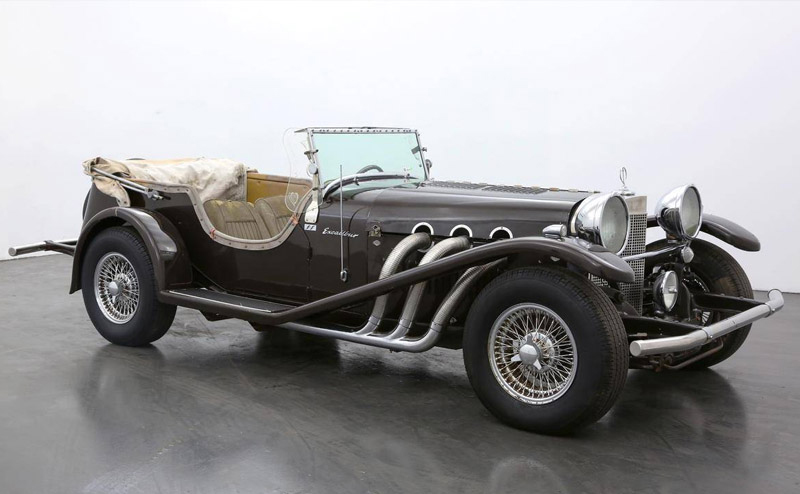
Excalibur. Source: Brooks Stevens, Inc.
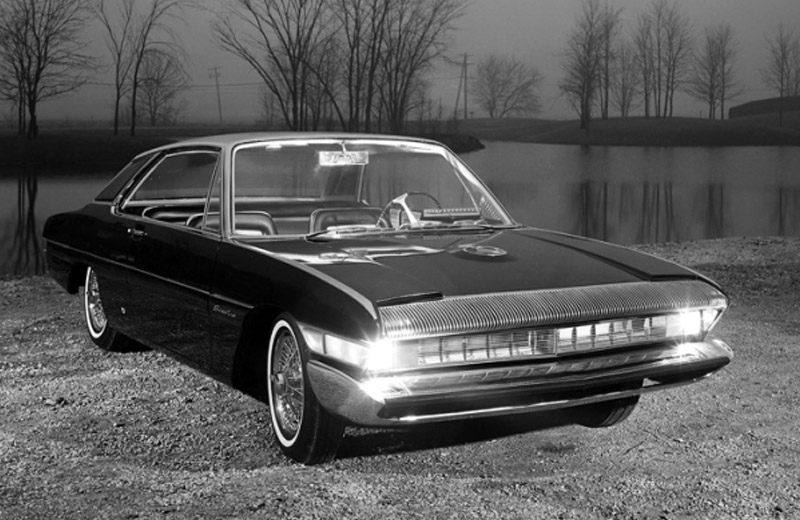
Studebaker Hawk. Source: Brooks Stevens, Inc.
Stevens also modernized the Aero-Willys sedans that were sold in Brazil in the 1960s, restyled the front end of the Volkswagen 411 (which became the 412) and, although he didn’t design the original Oscar Meyer Wienermobile, he did redesign it. According to Adamson’s book, Stevens created “the classic shape…when commissioned to redesign it.” Before Stevens’ redesign, the Wienermobile was simply a hot dog riding on a Dodge chassis. Stevens put the Wienermobile on a Willys Jeep chassis and added a hot dog bun to the lower part of his design, transforming “the lower section into a sculptural form that was cast in sections. He also added a dramatic bubble cockpit to the front, creating a sense of space-age design.” Stevens also took credit for renaming it “Wienermobile,” as he felt the previous name “Wiener Wagon” was antiquated. His redesign was in use from 1958 to 1969, but Oscar Meyer later approached Stevens’ sons to build a new fleet of Wienermobiles that were in use from 1988 to 1995.
Stevens had such a love for cars that he even opened his own auto museum in Mequon, Wisconsin, in 1959. The museum included both vehicles of his own design and those that he admired. Again, according to Adamson’s book, Stevens’ auto museum contained a 1905 Cadillac one-cylinder roadster, a 1914 Marmon Wasp, a 1927 Hispano-Suiza town car, a 1930 L-29 Cord coupe, a 1939 Talbot Lago, a 1928 Mercedes phaeton, a 1954 Rolls Royce Silver Wraith town car, a 1948 Jeepster, a 1951 Kaiser, a 1961 Heli-bout, and the Studebaker prototypes of the mid-1960s. The museum closed in 1999, but photos from the museum can be seen at the links at the bottom of this Hemmings article.
Other transportation designs that Stevens is notable for are the Skytop Lounge observation cars for the Chicago, Milwaukee, St. Paul & Pacific Railroad’s Hiawatha passenger trains. With their distinctive glassed-in observation area, this design could be considered a precursor to what Stevens later created with the Jeep Wagoneer. The current nostalgia for vehicles that offer massive visibility is part of the reason for the meteoric rise in SJ values which, of course, was based on Stevens’ Wagoneer design. He also designed Outboard Marine Corp.’s Evinrude Lark and Johnson Javelin outboard motorboat series, the Cadillac Sea Lark, as well as boat designs for Owens Yacht Company, Cutter Boats, and the Vollrath Company.
Unfortunately, Stevens is somewhat infamous for a speech that he gave in 1954. His talk to a local advertising club in Minneapolis was titled “Planned Obsolescence.” While Stevens didn’t originate the phrase, he did help popularize it. While the phrase is commonly accepted to mean encouraging accelerated sales by way of constant model refreshing, proprietary designs, and early abandonment of factory support, that was not Stevens’ intention with the phrase. His interpretation of the phrase was “instilling in the buyer the desire to own something a little newer, a little better, a little sooner than is necessary.” Stevens’ concept was to create new products that were so attractive that the consumer would be compelled to buy them, perhaps sooner than they otherwise would, rather than making low quality products that would force the consumer to buy something new. As quoted in Adamson’s “Industrial Strength Design,” Stevens argued, “’At first, planned obsolescence sounds like organized waste. It isn’t at all…You are not forced to buy the new products. You like to do it.…And when you do, you are making a contribution, and a fundamentally sound one, to the American economy.’” Unfortunately, because of the negative connotations of the phrase that have been attached to it since then, Stevens is seen as somewhat of a controversial figure.
Brooks Stevens, like Raymond Loewy, had a significant impact on 20th century automotive, industrial, and graphic design. He should also, like Loewy, be better known for those contributions, and not be blamed for a phrase that has different connotations today than when he popularized it. The contemporary definition of the phrase is actually a travesty and designing products that way is antithetical to Stevens’ way of thinking. Rather than resort to dirty tricks, he was actually proposing designing something so lustworthy that one would replace a perfectly functioning product. Offering a poorly built product to serve as a future purchase driver is quite nearly the opposite of that. Regardless, the next time your wristwatch or outboard motor dies before its time because it was poorly made, don’t blame Stevens. That’s not what he meant!
The articles and other content contained on this site may contain links to third party websites. By clicking them, you consent to Dorman’s Website Use Agreement.
Participation in this forum is subject to Dorman’s Website Terms & Conditions. Please read our Comment Policy before commenting.